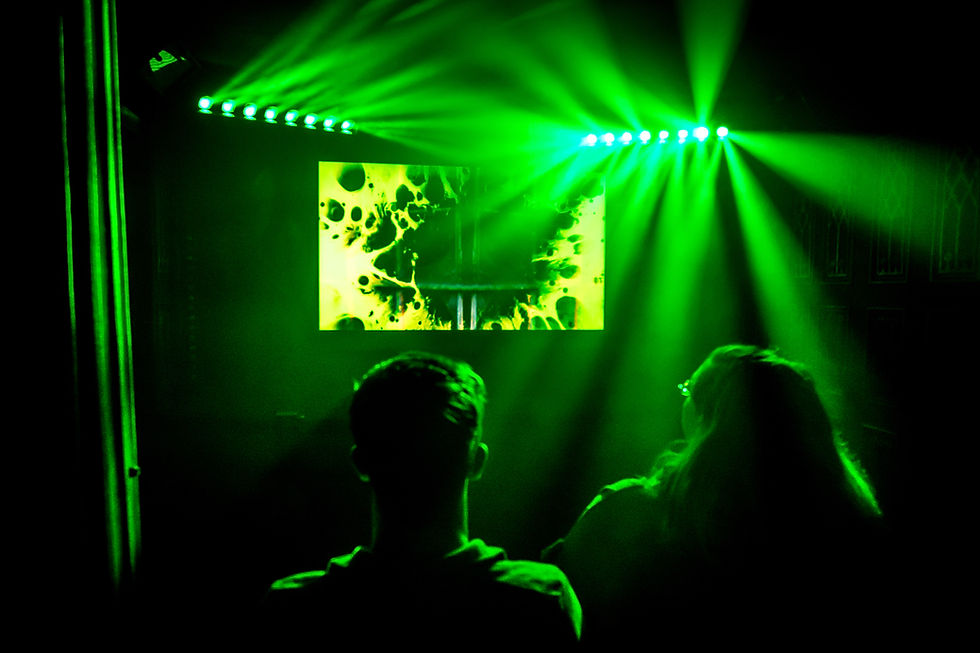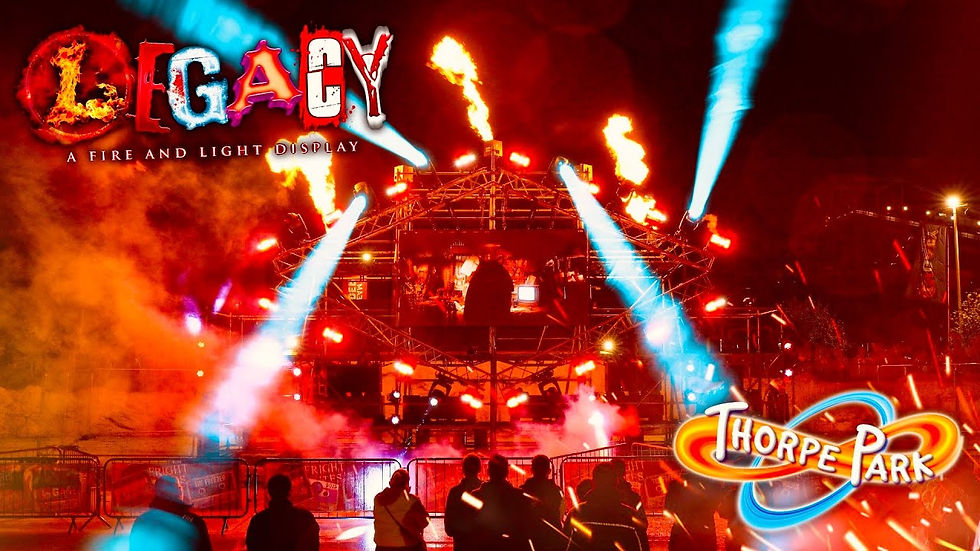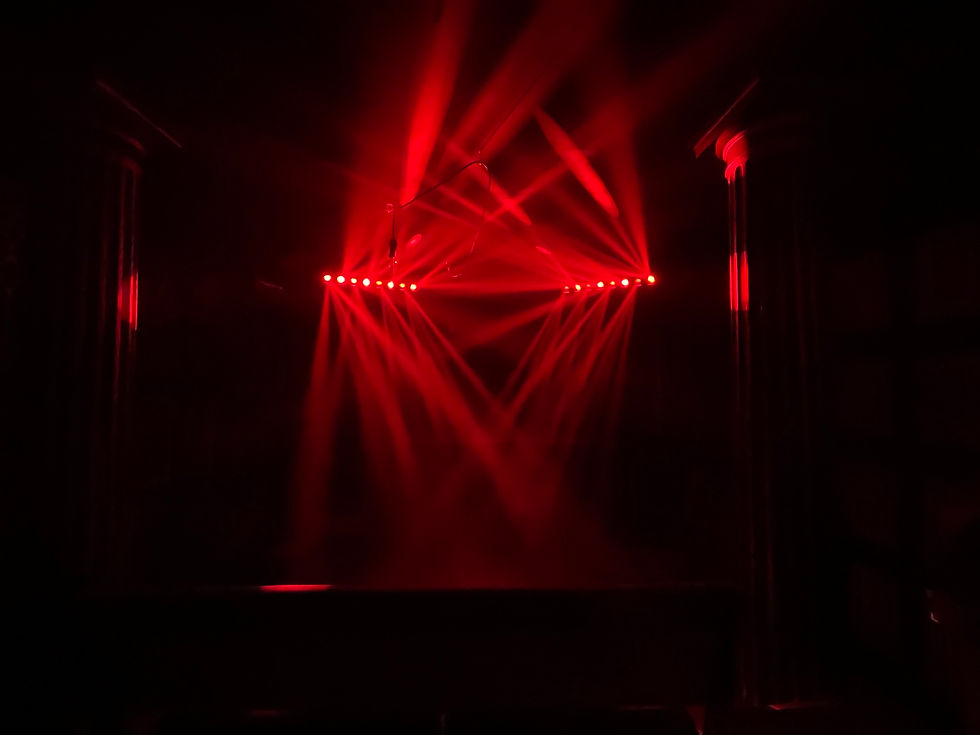IMMERSIVE DESIGN THEORY: "AWE > HORROR".
- dgoodman5
- Jun 23
- 3 min read
Updated: Jun 25
Transforming Fear into Unforgettable Experiences
When it comes to crafting a horror environment, a common misconception is that fear is the primary emotion to evoke. Many creators assume that the spine-chilling dread that comes from darkness and eerie sounds is the essence of horror. However, what if I told you that the key to creating a truly memorable attraction lies not in instilling fear, but in inspiring awe?

Understanding Fear vs. Horror
To begin, we must differentiate between “fear” and “horror.” Fear is a psychological emotion characterized by anxiety and apprehension. It’s that uneasy feeling you get when trekking down a dimly lit hallway, where unsettling noises echo in the distance. In contrast, horror is the genre that encapsulates such feelings, but it’s not solely about inducing fear. The fascinating truth is that you can construct a horror experience without fear, leading to an entirely unique and captivating attraction.

The Power of Awe
A powerful example of this can be observed in the increasing trend of fire, light, and laser shows at scream parks around the globe. These displays aim for intensity and spectacle, generating a sense of exhilaration rather than fear. While guests might feel an adrenaline rush akin to fear, the actual emotion they experience is awe.
Awe is transformative. It’s an overwhelming feeling that captivates our senses. These shows, despite incorporating horror visuals and soundtracks, are not designed to scare. Instead, they engage visitors with their sheer grandeur, resulting in memories that people want to share. When paired with a punchy score and dynamic effects, awe can elevate the horror experience beyond mere fright.

Why Awe is a Game Changer
The strength of awe lies in its limitless potential. When creating an awe-inspiring environment, the mantra could be: “more is more.” When you believe you’ve created an engaging scene, don’t hesitate to add another element. As long as the components harmonize, the combination can lead to an unforgettable spectacle. Additionally, awe provides overwhelmingly positive and memorable moments. Guests will be buzzing to share their experiences through social media and word-of-mouth.
Creating Awe in a Horror Environment
So, how does one foster a sense of awe in a horror setting? The answer lies in three critical elements: contrast, action, and anticipation. It’s all about the build-up: The moment just before the action occurs. Picture an eerie countdown in a dark arena which then erupts into epic lasers illuminating the night sky. Or a single still actor in a quiet hall, then bursting into frantic spectacle with soundtrack and lights.
Building elements of surprise enhances the overall impact, but surprise doesn't always mean scare. All these components should be sharp and impressive, ensuring guests remain on the edge of their seats, not from fear, but from anticipation of the thrill.
Conclusion: A New Approach to Horror
If you’re striving to create an unforgettable horror experience, consider embracing the concept of awe. Deliver something magnificent that overwhelms your guests, inviting them to relish in the spectacle. As long as your attraction remains true to the horror genre, your audience will undergo a transformative experience while still planted in a horror setting. One that imparts a profound sense of awe, leaving them exhilarated and wanting more.
By shifting the focus from fear to awe, you can construct a horror environment that’s not only entertaining but truly unforgettable.
DESIGNING IMMERSIVE.
It's complicated, intricate and specialist. Koncept has it mastered.
Koncept are specialists in writing and designing immersive attractions that stand out. With a portfolio of award-winning productions, Koncept has a proven track record of transforming ideas into fully realized, expertly written experiences that customers will pay to be immersed in.
_edited_p.png)




Comments